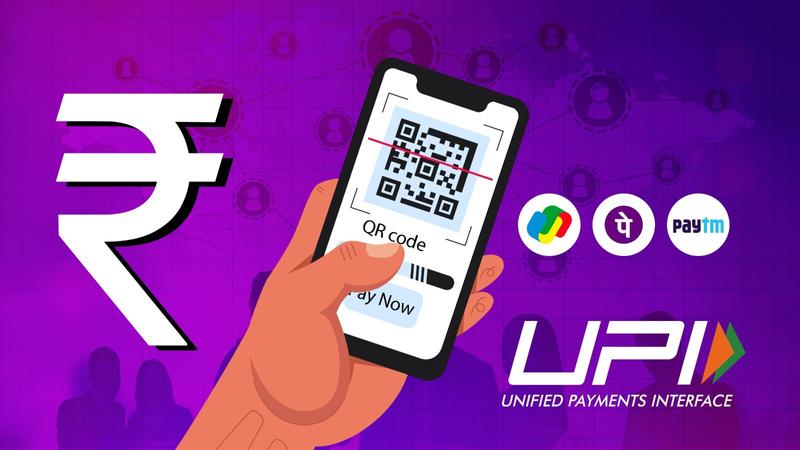Published 14:40 IST, July 29th 2024
UPI transactions surge ten-fold to Rs 2,428 lakh crore in 2023-24: RBI Report
Currently, UPI is processing nearly 14 billion transactions monthly, driven by a user base of 424 million unique users as of June 2024.

The Unified Payments Interface (UPI) has been a key driver in India's digital payment ecosystem, experiencing a ten-fold increase in transaction volume over the past four years, according to the Reserve Bank of India's (RBI) report on Currency and Finance 2023-24. The volume of UPI transactions skyrocketed from 12.5 billion in 2019-20 to 131 billion in 2023-24, now accounting for 80 per cent of all digital payment volumes in the country.
The report shows that digital payments in India have recorded a compounded annual growth rate (CAGR) of 50 per cent in volume terms and 10 per cent in value terms over the last seven years, involving 164 billion transactions worth Rs 2,428 lakh crore in 2023-24. The impressive growth has been supported by the Payment Infrastructure Development Fund (PIDF), which has bolstered the country's payment infrastructure.
Currently, UPI is processing nearly 14 billion transactions monthly, driven by a user base of 424 million unique users as of June 2024. The rise in UPI transactions for peer-to-merchant (P2M) transactions over peer-to-peer (P2P) transactions and the high volume of small-value transactions highlight its widespread adoption and utility.
India's digital public infrastructure (DPI) is also expanding its reach globally through several initiatives. These include collaborating with other nations to develop digital identity solutions under the Modular Open Source Identity Platform (MOSIP) programme and interlinking UPI with fast payment systems of other countries like Singapore’s PayNow, the UAE’s Instant Pay Platform (IPP), and Nepal’s National Payments Interface (NPI) for cost-effective and rapid remittances.
Moreover, the RBI report mentions partnerships with other central banks and foreign payment service providers to broaden UPI and RuPay acceptance internationally, with countries like Bhutan, Mauritius, Singapore, and the UAE already on board. Additionally, the Beckn protocol is being shared with other nations to provide public and private services through open, lightweight, and decentralized specifications.
The report also highlights the broader impact of digitalisation on various sectors of the Indian economy. It stresses on the role of digitalisation in enhancing financial inclusion, addressing gender, economic, and social inequalities, channelling formal finance to agriculture, enabling seamless cross-border transactions, and supporting climate finance and sustainability. The economic value generated by DPIs is expected to contribute between 2.9 per cent and 4.2 per cent of India's GDP by 2030, thereby boosting growth and improving total factor productivity.
The UPI's rapid growth has led to the emergence of various applications within India's digital payment ecosystem, expanding customer choices and increasing turnover. However, the market share of a few dominant applications remains high, as indicated by the Herfindahl-Hirschman Index (HHI) being in the range of 0.35-0.37 for both the volume and value of transactions on the platform. To address concentration risks, the National Payments Corporation of India (NPCI) has capped the market share of any single third-party application provider in volume terms to 30 per cent by December 2024, RBI report said.
Updated 14:40 IST, July 29th 2024




